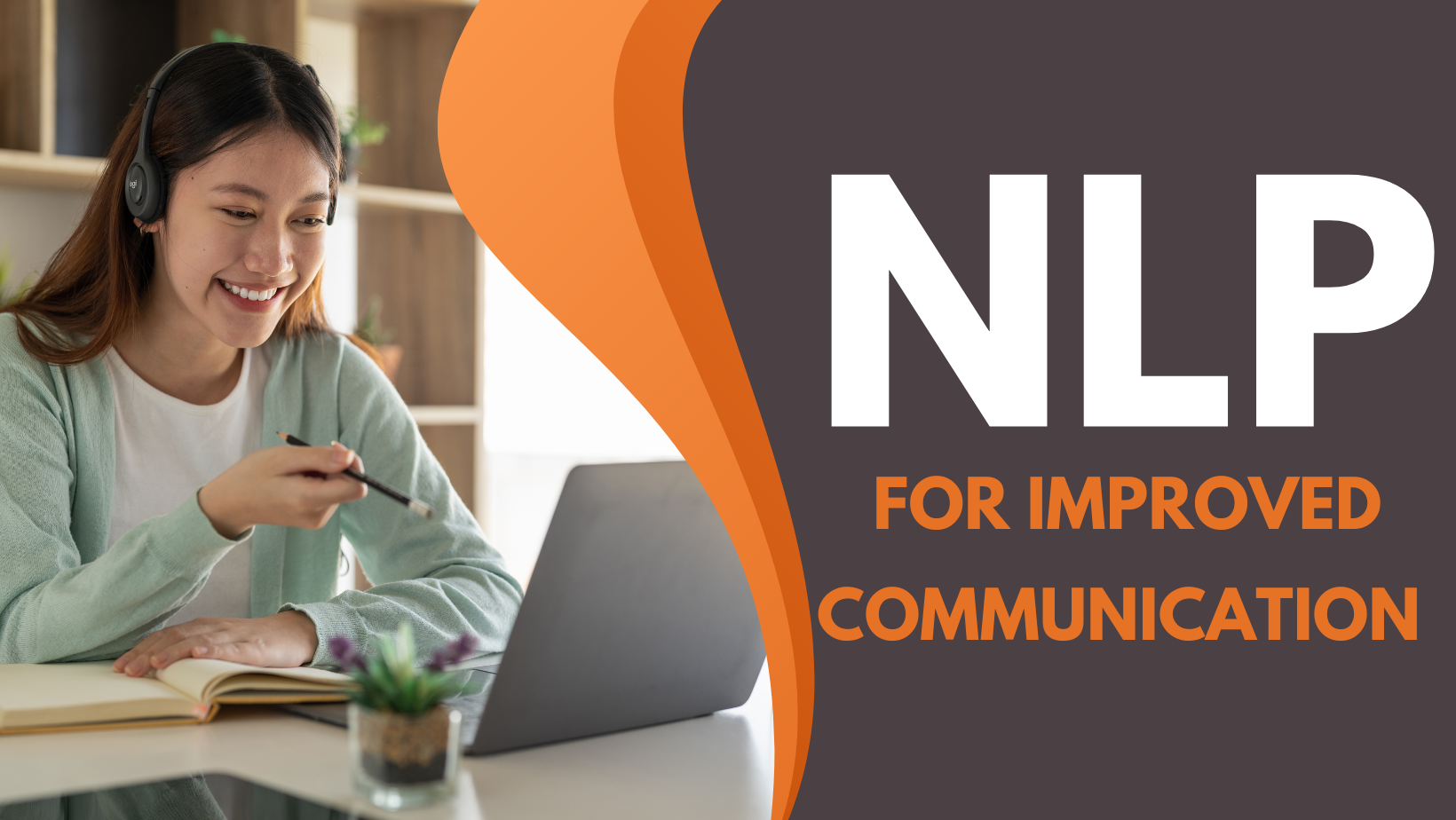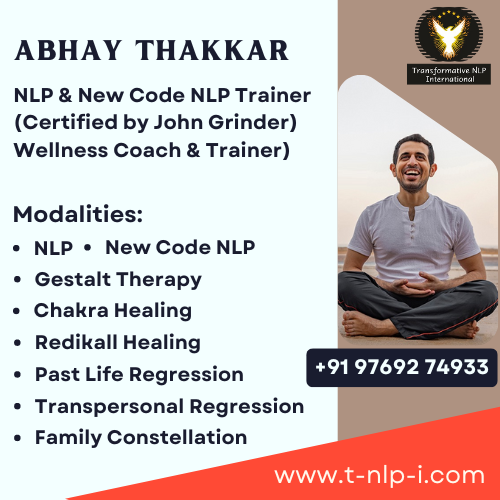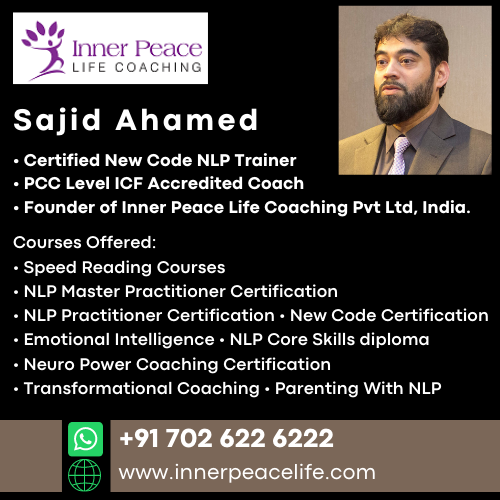Alternative Therapies
- Alternative Medicine
- Access Bars
- Access Body Processes
- Access Consciousness
- Access Energetic Faclift
- Acupressure
- Acupuncture
- Akashic Records
- Ancient Magnetism
- Angel Healing
- Aromatherapy
- Aura Reading
- Ayurveda
- Bach Flower Remedies
- Blueprint Numerology
- Breathwork
- Chakra Healing
- Cosmetic Acupuncture
- Crystal Healing
- Cupping Therapy
- Divine Healing Hands
- Distance Healing
- Emotional Freedom Technique (EFT)
- Energy Healing
- Energy Medicine
- Ergonomics
- Family Constellation
- Face Reading
- Fengshui
- Gaiadon Heart
- Geomancy
- Heal Your Life
- Graphology
- Holistic Solutions
- Holy Fire Reiki
- Homeopathy
- Ho'oponopono
- Humkara with Haleem
- Hypnotherapy
- Inner Child Therapy
- Intuitive Reading
- Jesus Reiki
- Jikiden Reiki
- Jin Shin Jyutsu
- Karuna Reiki
- Karmic Healing
- Lama Fera
- Lenormand Cards
- Light Language Healing
- Law of Attraction
- Lecher Antenna
- Manual Therapy
- Matrix Reimprinting
- Metaphor Therapy
- Meditation
- Mediumship
- Melchizedek Method
- Merlin Trinity Healing
- Merkaba Healing
- Money Reiki
- Motivational Counseling
- Mudra Healing
- Nakshatra Energies
- Naturopathy
- Neuro Linguistic Programming (NLP)
- Numerology
- NumeroVastu
- Oracle Cards
- Panchakarma (Ayurveda)
- Panchkarma Holistic Healing - Mind Control
- Past Life Regression
- Pendulum Dowsing
- Physiotherapy
- Pranic Healing
- Pranic Psychotherapy
- Pythagorean Numerology
- Quantum Touch Healing
- Pyramids
- Redikall Healing
- Reiki
- Rudraksh
- Runes
- Soul Plan Reading
- Sound Healing
- Star Magic Healing
- Space Clearing
- Sujok therapy
- Tarot
- Theta Healing
- Twin Flame Healing
- Twin Hearts Meditation
- Unani Medicine
- Yoga
- Wicca
- Womb Healing
Diseases & Conditions
- Acne & Pimples
- Allergies
- Arthritis
- Asthma
- Behavioural Disorders
- Cancer
- Dandruff
- Diabetes
- Emotional Problems
- Gallstones
- Gastritis
- Hairloss
- Heart Diseases
- Hormonal Problems
- Hypertension
- Immune Disorders
- Infections
- Infertility
- Jaundice
- Kidney Disorders
- Liver Disorders
- Menstrual Disorders
- Migraine
- Neck & Back Pain
- Obesity
- Osteoporosis
- Peptic Ulcer
- Prevention
- Prostate Problems
- Psoriasis
- Sexual Dysfunctions
- Sinusitis
- Sleep Disorders
- Skin Diseases
- Stress
- Thyroid Disorders
- Ulcerative Colitis
- Urinary Infections
General Wellness
NLP For Improved Communication - New Jersey
Abhay Thakkar

Abhay Thakkar is the first NLP trainer from India to provide New Code NLP as well as NLP training courses in India, certified by co-creator of NLP and co-developers of New Code NLP. He facilitates Internationally Certified New Code NLP/ NLP courses in Mumbai, Delhi, Bangalore and others cities in India and abroad...

Sajid Ahamed

Sajid Ahamed is a "Certified trainer of NLP" and Founder of Inner Peace Life Coaching Pvt Ltd, India. He organizes Grinder approved training in India and the Middle East. He is a firm believer in high performance.

NLP For Improved Communication

Neuro-Linguistic Programming (NLP) For Improved Communication
Neuro-Linguistic Programming (NLP) is indeed a fascinating approach for enhancing communication skills and understanding human behavior. Here’s a breakdown of how it can be applied for improved communication:
Understanding Perception: NLP emphasizes that individuals perceive and interpret the world differently based on their unique mental filters. By recognizing these filters (which include beliefs, values, memories, etc.), communicators can tailor their message more effectively.
Building Rapport: One of the key principles of NLP is building rapport, which involves establishing a connection with others based on mutual respect and understanding. Techniques such as mirroring (matching someone's body language or speech patterns) can help create rapport quickly.
Language Patterns: NLP explores how language patterns influence our thoughts and behaviors. By using precise and positive language, avoiding negative commands, and framing ideas effectively, communicators can convey messages more clearly and persuasively.
Anchoring: NLP techniques like anchoring involve associating a particular emotional state with a specific stimulus (such as a gesture or word). This can be used to manage emotions during communication and create positive associations.
Meta-Model: This model in NLP helps to clarify and enrich communication by asking specific questions to challenge and expand the speaker's meaning. It helps to uncover underlying assumptions, generalizations, and distortions in communication.
Visual, Auditory, and Kinesthetic (VAK) System: NLP categorizes people into visual, auditory, and kinesthetic learners, each preferring different sensory modes for processing information. Understanding these preferences allows communicators to adapt their message accordingly.
Modeling Excellence: NLP encourages modeling successful behaviors and strategies of effective communicators. By studying and emulating these behaviors, individuals can enhance their own communication skills.
In essence, NLP provides a toolkit for understanding how people perceive information and how to communicate more effectively based on those perceptions. By applying these principles, individuals can improve their ability to connect with others, resolve conflicts, and influence positively in various personal and professional settings.




